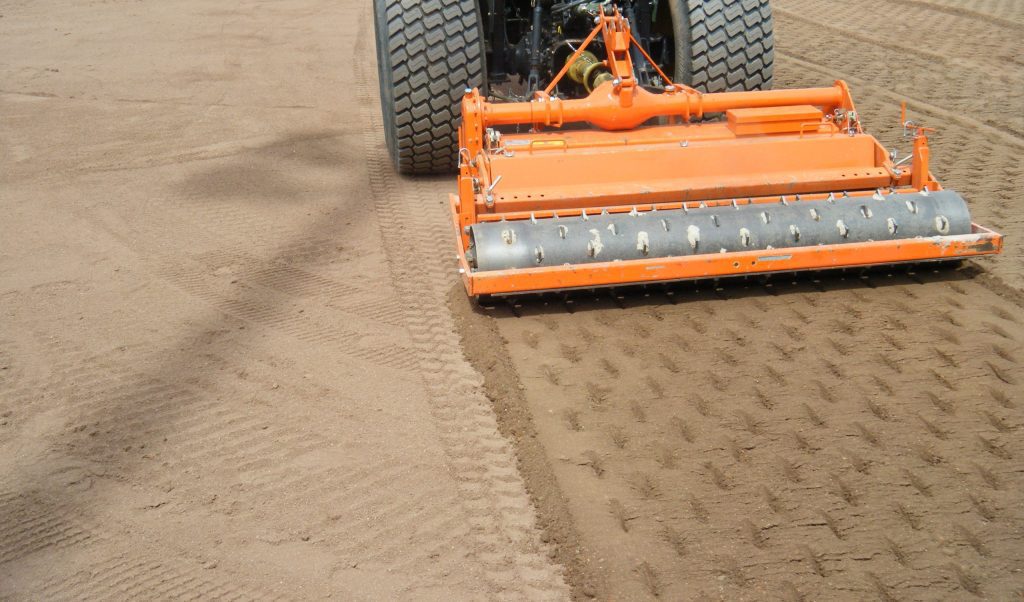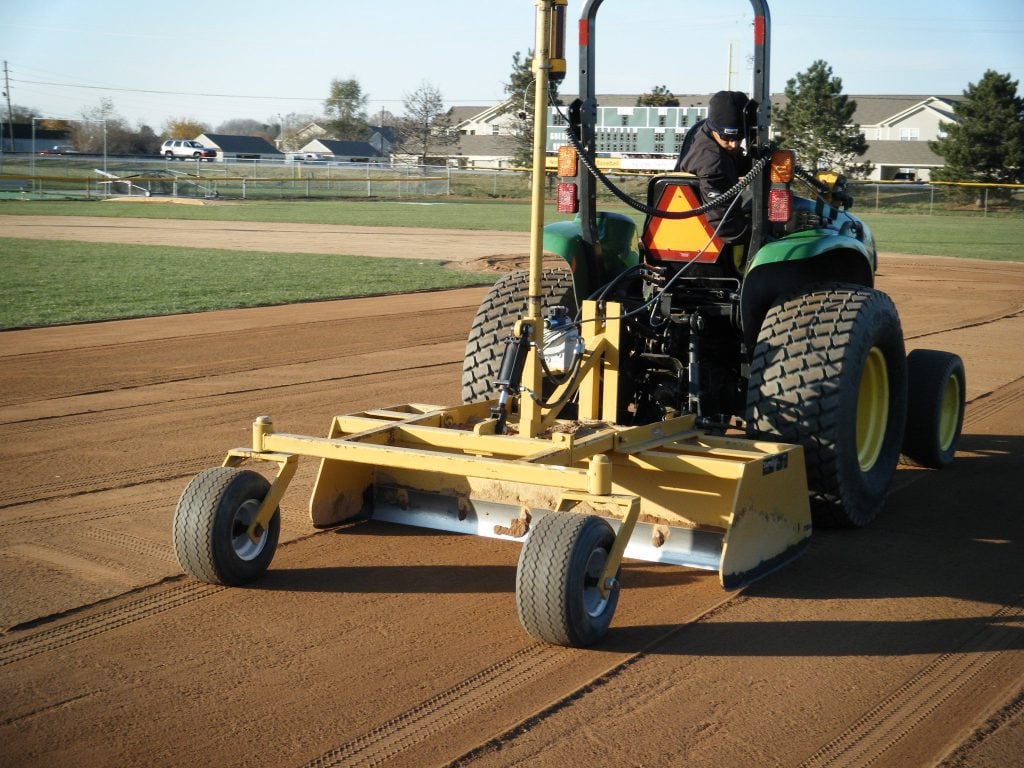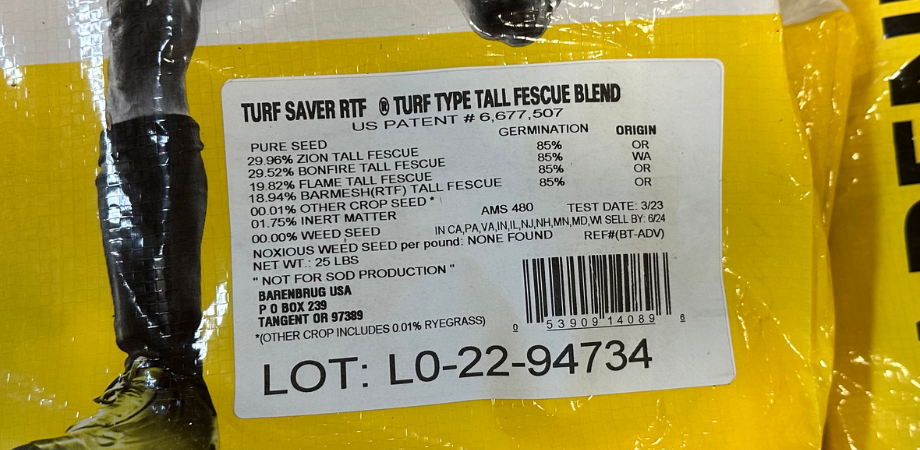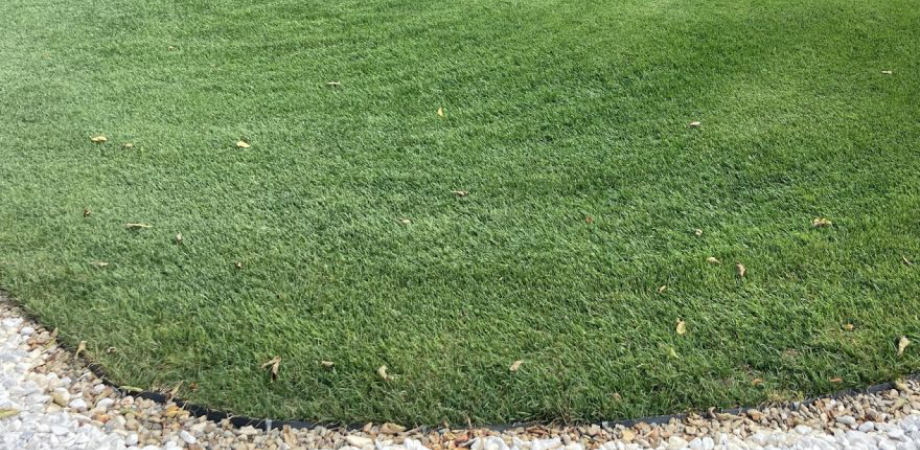At some point, all infield surfaces will require the addition of new mix. The process is time-consuming (8+ hours), but adding new mix to the existing infield surface is worth it. Adding new mix maintains smooth transitions, creates a consistent ball roll, and eliminates the possibility of standing water collecting at the back arc after rain events.
How do you add new mix to an existing mix?
First, test your mix. Knowing what’s currently in your mix can help you determine the best mix to add to your existing one.
Now that you know what mix is the best, edge the infield and remove all the topdressing. If the topdressing is clean and there are no traces of the existing mix, it is possible to reuse it. Note: The infield grade may have deteriorated and moved at this time. Do a rough laser grade to place the existing mix in the right location.
After removing the topdressing, add the new infield mix to the existing material via a topdresser to ensure consistent application.
The next step, blecavating the infield, is often the most overlooked. It is labor-intensive but will ensure good soil bonding. Blend the new mix into the existing mix at a 3-inch depth and make sure all edges are tilted by hand after the blending takes place.

After the blending, roll the infield with a three-ton dual drum roller. A 3-ton roller is necessary to compact the infield and ensure little/no settling. When your 3-ton roller work is done, laser grade and roll again until the infield is properly graded.


To end the process, add infield topdressing and drag the infield.












